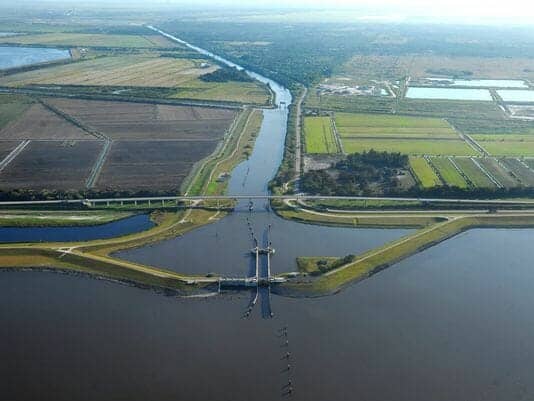When it comes to preventing discharges from Lake Okeechobee, shouldn’t every option be on the table? Or are some options designed to crowd out others?
Last week, officials with the South Florida Water Management District thumbed their noses at the U.S. Army Corps of Engineers and vowed to plow forward with deep-injection wells — 3,000-foot holes in the ground into which excess water could be pumped during heavy rain events.

In theory, it might be a great idea. But some environmentalists suspect it’s a misdirection play designed to build wells instead of a reservoir south of Lake Okeechobee. District officials deny this. But, as always when it comes to Florida water issues, it’s hard to tell whether pragmatism or politics is driving the bus.
Injection wells, which shoot fluids deep underground into porous rock formations, were first studied by the water management district in 2007. That study determined discharges to the St. Lucie and Caloosahatchee estuaries could be significantly cut if enough wells were built. But the idea went nowhere. Then the University of Florida resurrected the idea in its landmark 2015 study.
Deep wells, UF concluded, "could be part of a long-term solution to reducing […]
Full article: Gil Smart: What’s behind push for deep injection wells near Lake O?
More about Florida’s Lake Okeechobee water and algal blooms:
As bouts with killer algae rose, Florida gutted its water quality monitoring
White House approves huge reservoir for Lake Okeechobee overflow
NOAA: 40% of Lake Okeechobee covered in harmful algae
Environmental activist Erin Brockovich on water releases from Lake Okeechobee
